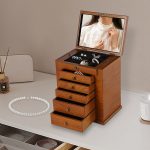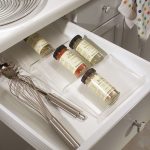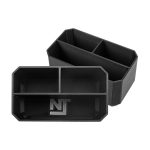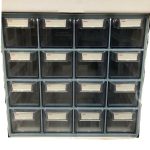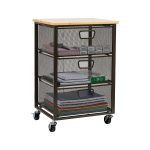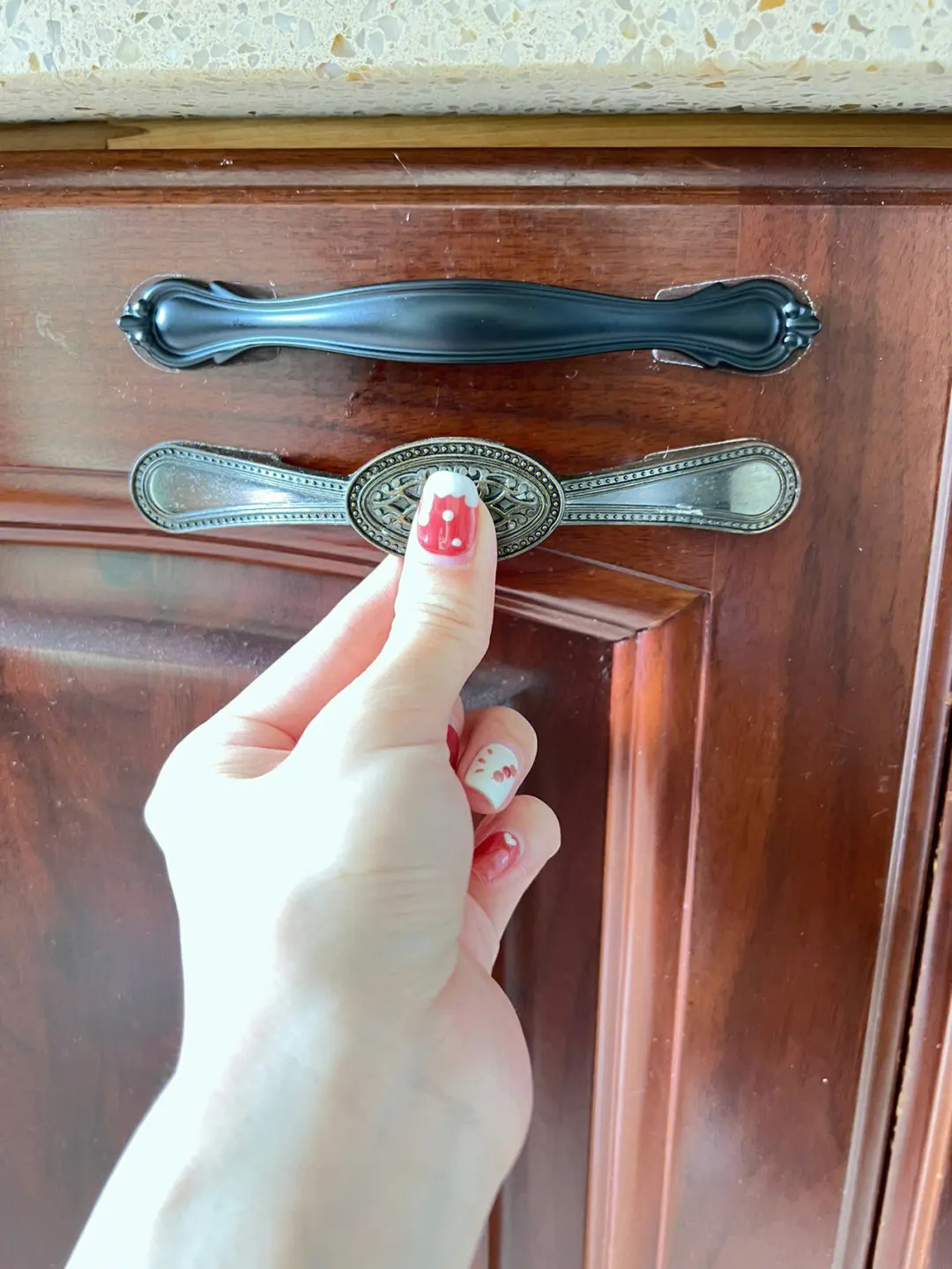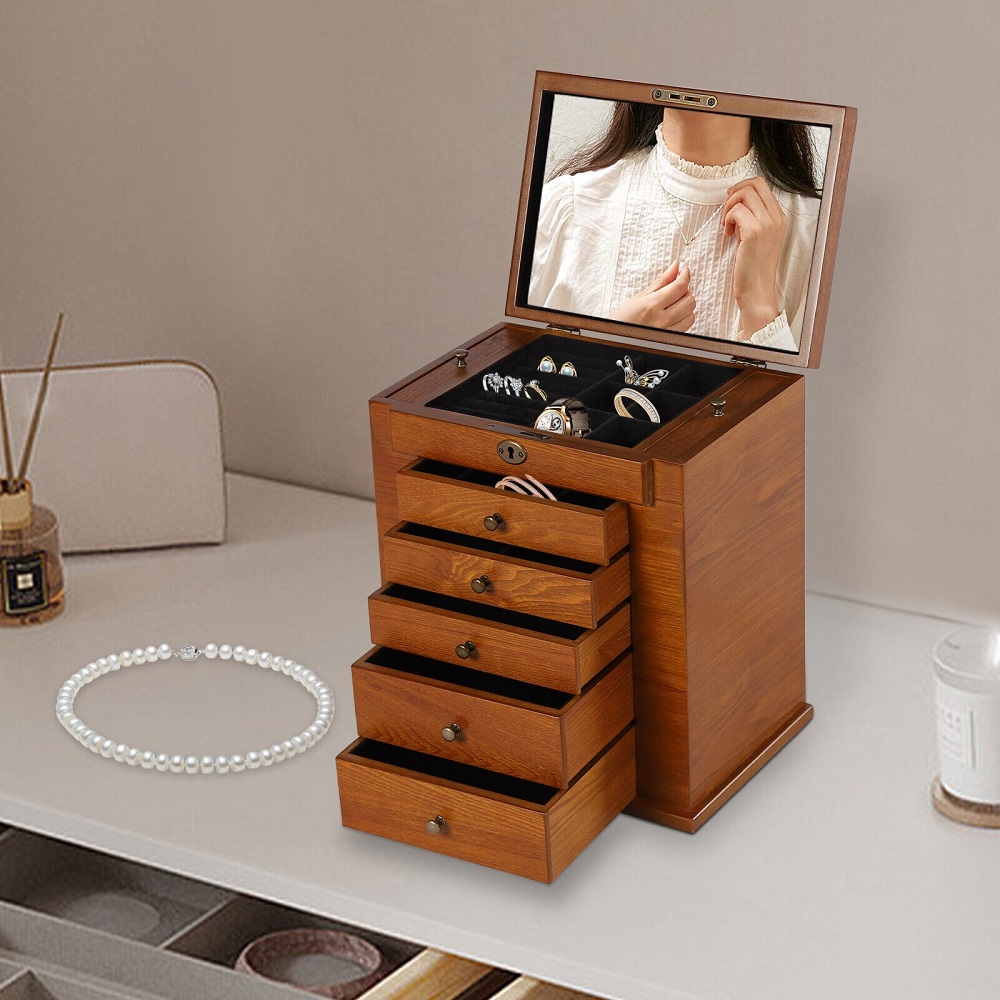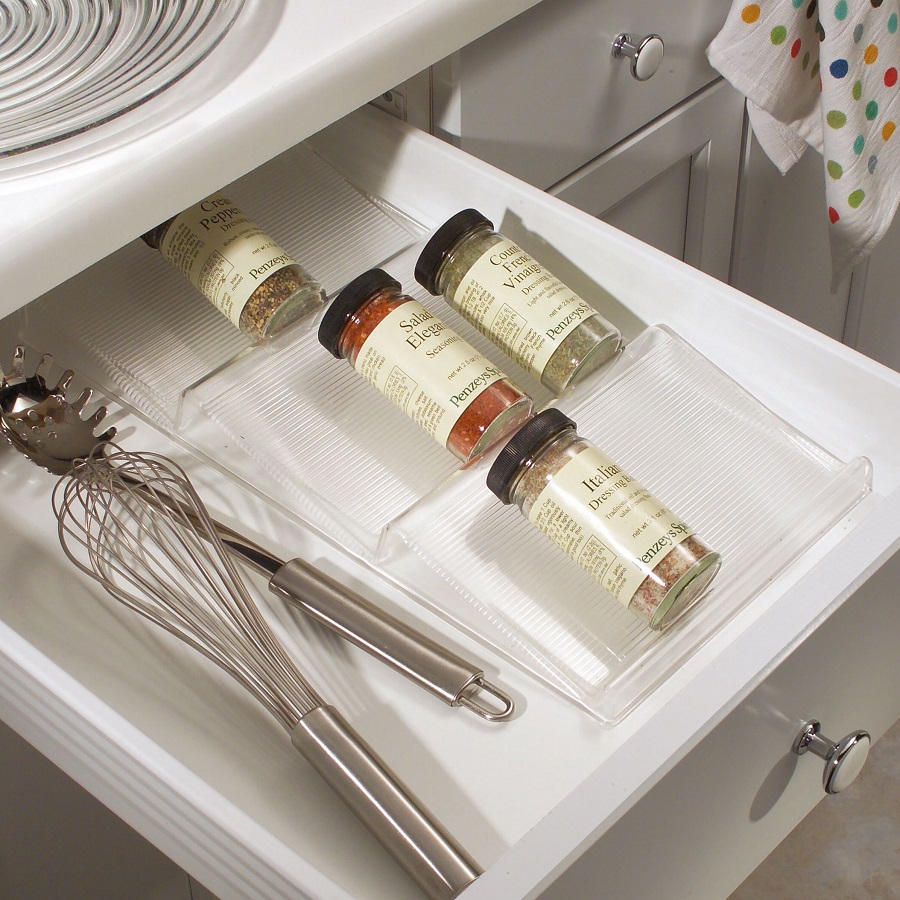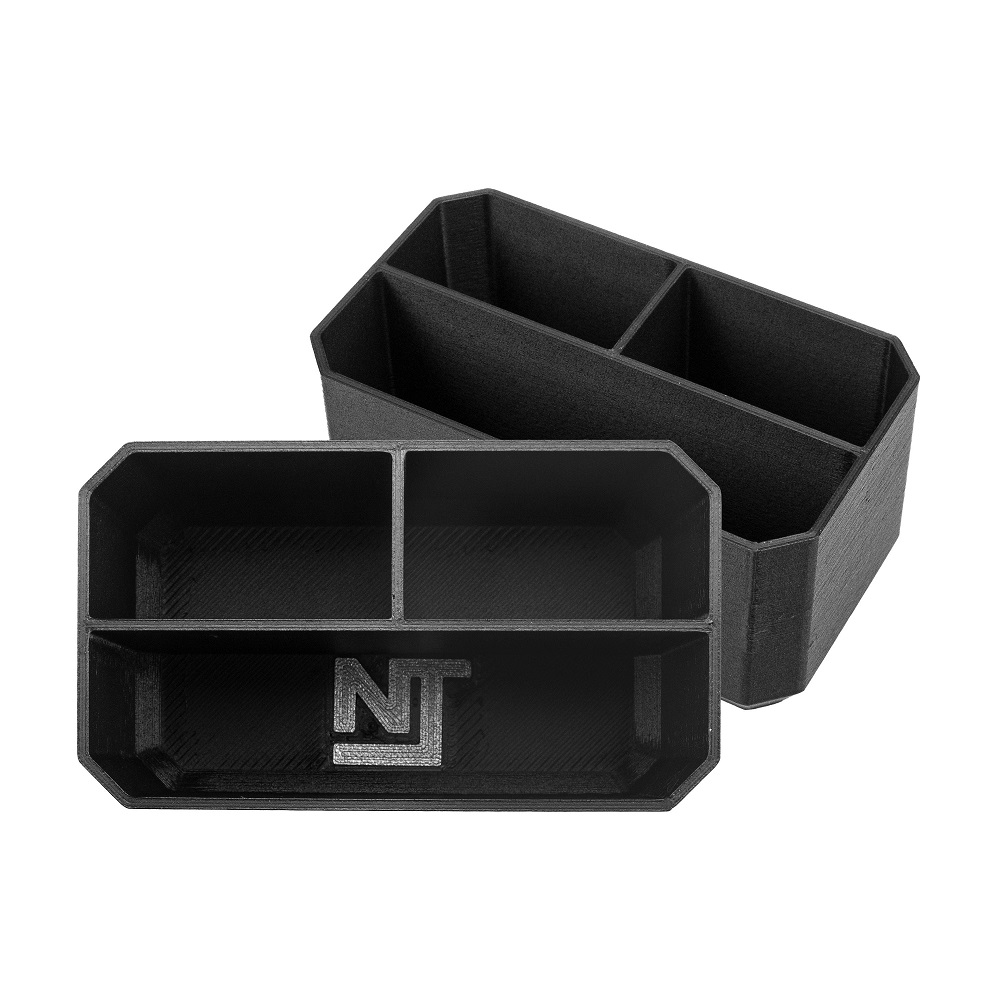Finding the Perfect Fit: Tips for Drawer Pull Placement in Your Home
Drawer pulls may seem like a small detail in home decor, but they can make a significant impact on both the aesthetic and functionality of your space. Properly placed drawer pulls not only enhance the overall design of your furniture but also contribute to ergonomic comfort and ease of use. In this comprehensive guide, we’ll explore the art and science of drawer pull placement, providing practical tips and considerations to help you find the perfect fit for your home.
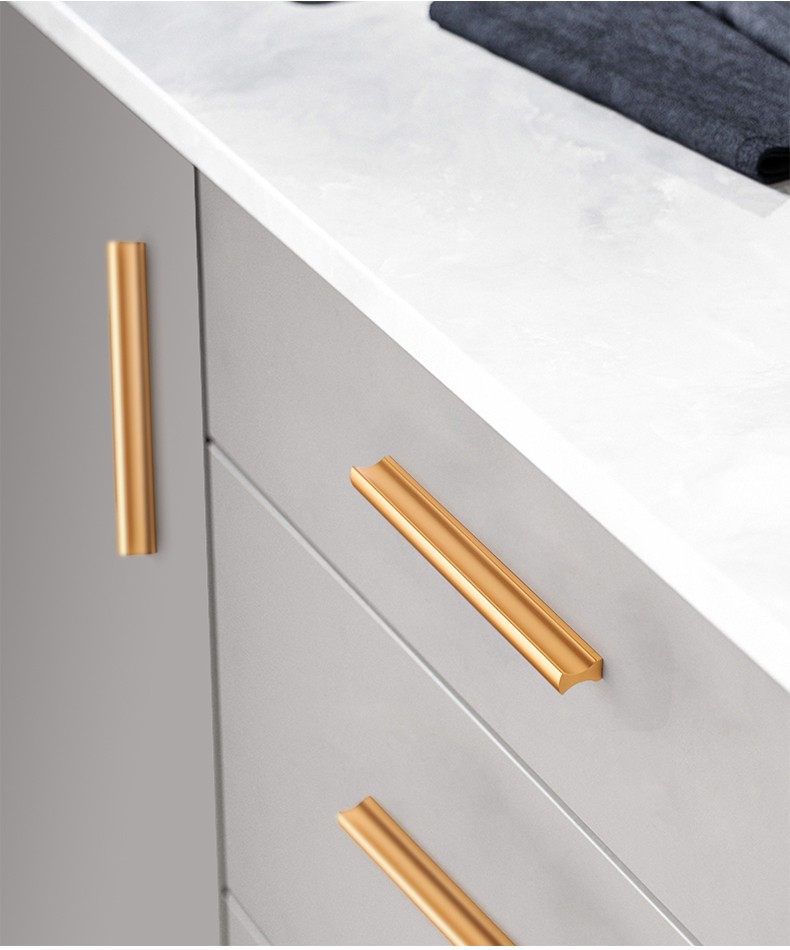
Understanding Drawer Pull Placement: The Basics
Before diving into specific placement techniques, it’s essential to understand the fundamentals of drawer pull placement. Drawer pulls, also known as handles or knobs, serve as both functional and decorative elements on cabinets, drawers, and other furniture pieces. Proper placement ensures that the drawer pulls are easy to reach and operate while complementing the overall design aesthetic.
When determining the placement of drawer pulls, consider factors such as:
- Height: Drawer pulls should be positioned at a height that is comfortable for users to reach without bending or stretching excessively. The ideal height varies depending on the size and style of the furniture piece and the preferences of the users.
- Spacing: Drawer pulls should be spaced evenly along the width of the drawer or cabinet door to ensure a balanced and visually appealing look. The spacing between drawer pulls can vary depending on personal preference and design considerations.
- Style: The style and design of drawer pulls should complement the overall aesthetic of the furniture piece and the surrounding decor. Choose drawer pulls that enhance the style and character of your space, whether it’s modern, traditional, or eclectic.
By paying attention to these basic principles, you can achieve drawer pull placement that is both functional and aesthetically pleasing.
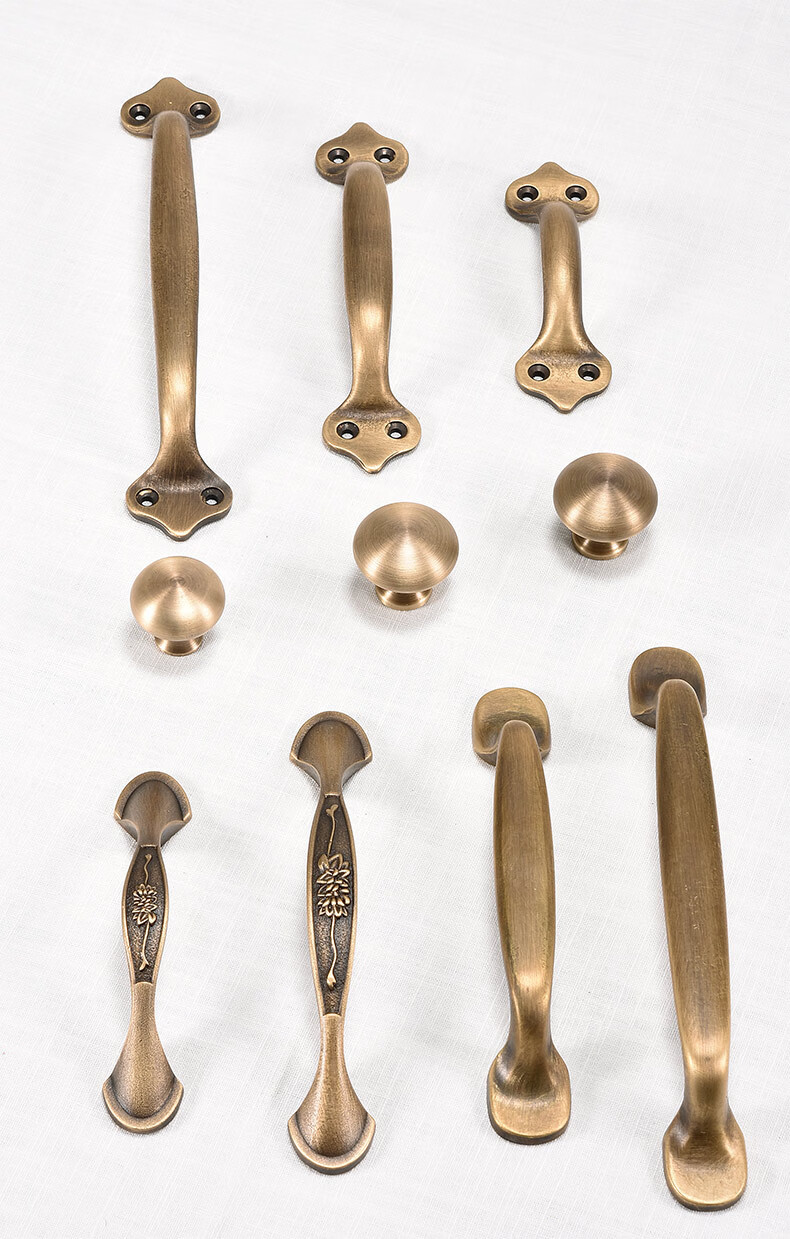
Practical Tips for Drawer Pull Placement
Now that you understand the basics of drawer pull placement, let’s explore some practical tips and techniques to help you achieve the perfect fit in your home:
- Measure Twice, Drill Once: Before drilling any holes for drawer pulls, take precise measurements to ensure accuracy and consistency. Use a tape measure and a pencil to mark the desired placement of each drawer pull, double-checking the measurements to avoid mistakes.
- Consider Ergonomics: When determining the height of drawer pulls, consider the ergonomic needs of users, including children, elderly individuals, and individuals with mobility issues. Aim to position drawer pulls at a height that is comfortable and accessible for everyone who will be using the furniture piece.
- Create Visual Symmetry: For drawers or cabinets with multiple drawer pulls, aim to create visual symmetry by spacing the pulls evenly along the width of the drawer or door. Use a ruler or a template to ensure consistent spacing between each pull for a cohesive and balanced look.
- Adapt to the Furniture Design: The placement of drawer pulls should complement the design of the furniture piece. For example, consider the location of any existing hardware, such as hinges or decorative trim, and adjust the placement of drawer pulls accordingly to maintain visual harmony.
- Test Before Drilling: Before drilling any holes, use temporary adhesive or painter’s tape to attach mock drawer pulls to the furniture piece and test the placement. This allows you to visualize how the drawer pulls will look and feel in the space before making any permanent changes.
By following these practical tips and techniques, you can achieve drawer pull placement that enhances the functionality and aesthetics of your furniture while reflecting your personal style and preferences.
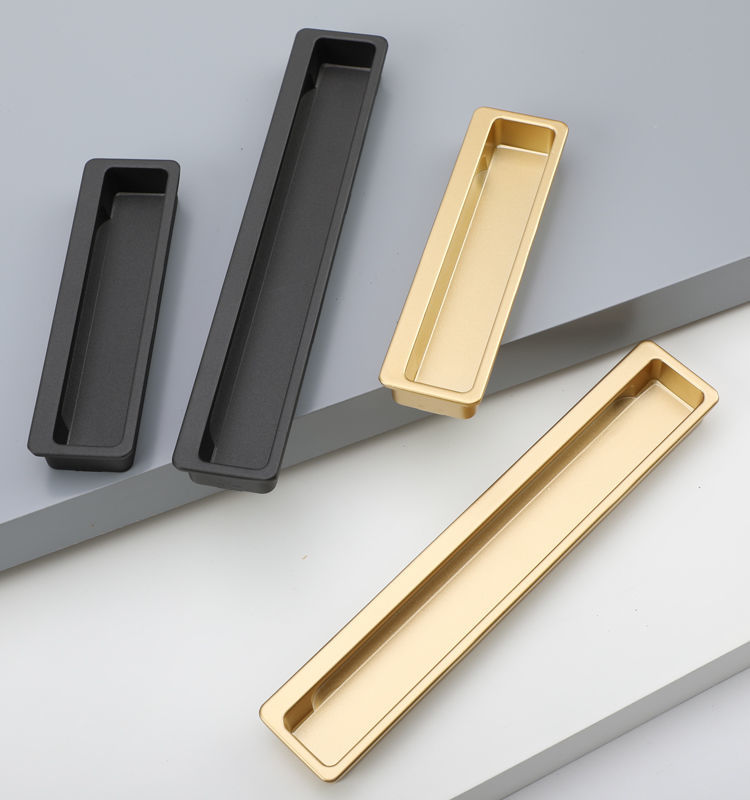
Drawer Pull Placement in Different Spaces: Tailoring to Your Needs
Drawer pull placement can vary depending on the specific requirements of different spaces and furniture pieces. Here are some considerations for drawer pull placement in common areas of the home:
- Kitchen: In the kitchen, drawer pulls should be positioned at a height that is comfortable for users to reach when opening drawers and cabinets. Consider placing drawer pulls slightly higher on lower cabinets and slightly lower on upper cabinets to accommodate users of different heights.
- Bathroom: Drawer pulls in the bathroom should be positioned at a height that is convenient for users to access toiletries, towels, and other essentials. Aim for consistent placement across vanity drawers and cabinets to maintain visual harmony.
- Bedroom: Drawer pulls in the bedroom should be positioned at a height that is easy to reach from a standing or seated position, depending on the type of furniture piece. Consider the placement of drawer pulls on dressers, nightstands, and wardrobes to ensure optimal functionality and comfort.
- Living Room: In the living room, drawer pulls should be positioned at a height that is comfortable for users to access media consoles, storage cabinets, and other furniture pieces. Consider the placement of drawer pulls in relation to the overall layout and seating arrangement of the space.
By tailoring drawer pull placement to the specific needs and functions of each space, you can optimize usability and enhance the overall design aesthetic of your home.
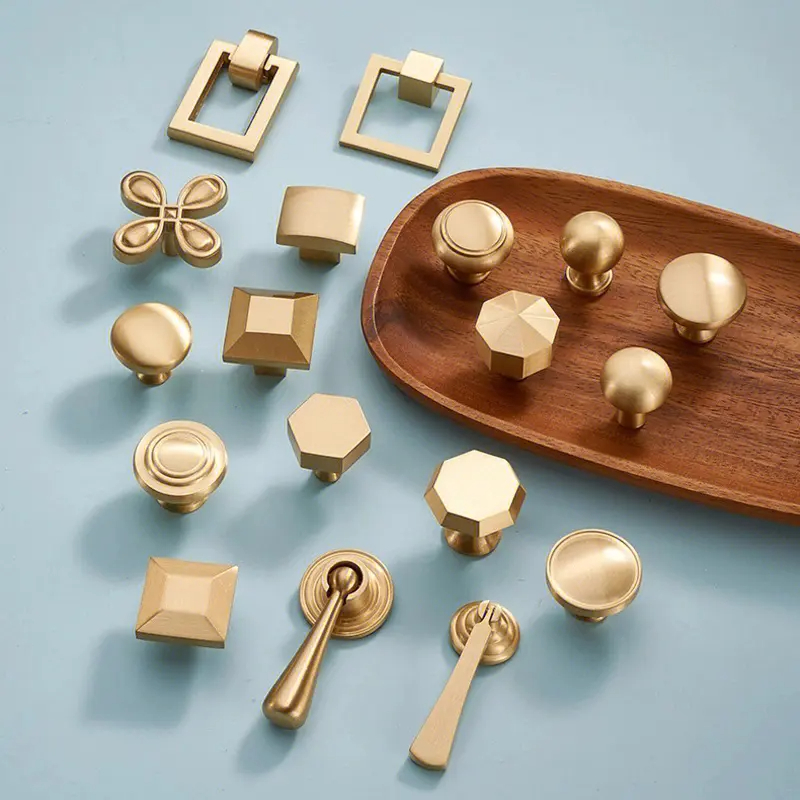
Drawer Pull Placement as a Design Element: Elevating Your Decor
In addition to serving a functional purpose, drawer pull placement can also be used as a design element to enhance the visual appeal of your furniture and decor. Here are some creative ways to use drawer pulls as a design accent:
- Mix and Match Styles: Experiment with different styles, shapes, and finishes of drawer pulls to add visual interest and personality to your furniture pieces. Mix and match drawer pulls to create a custom look that reflects your unique style and taste.
- Highlight Contrast: Use drawer pulls in contrasting colors or materials to create visual contrast and make a bold statement. For example, pair dark drawer pulls with light-colored furniture for a striking contrast that draws the eye.
- Coordinate with Hardware: Coordinate drawer pulls with other hardware elements in the space, such as door handles, faucets, and light fixtures, to create a cohesive and harmonious look. Choose drawer pulls that complement the finishes and styles of other hardware for a unified design scheme.
- Experiment with Placement: Think outside the box when it comes to drawer pull placement and experiment with unconventional configurations. Consider placing drawer pulls off-center, at an angle, or in unexpected locations to add visual intrigue and creativity to your furniture pieces.
By treating drawer pulls as a design element, you can elevate the aesthetic appeal of your furniture and decor while adding a touch of personality and flair to your space.
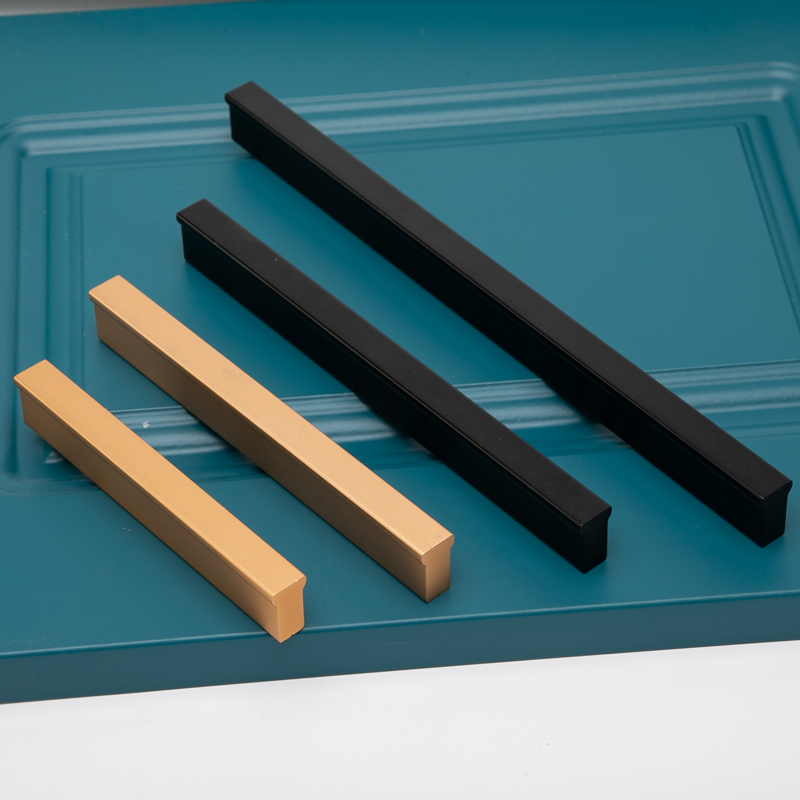
Conclusion
Drawer pull placement may seem like a minor detail, but it can have a significant impact on the functionality and aesthetics of your furniture and decor. By understanding the basics of drawer pull placement and following practical tips and techniques, you can achieve the perfect fit for your home. Whether you’re optimizing usability, enhancing visual appeal, or expressing your personal style, drawer pull placement offers endless possibilities for customization and creativity. With careful consideration and attention to detail, you can transform your space with beautifully placed drawer pulls that elevate the design and functionality of your home.
